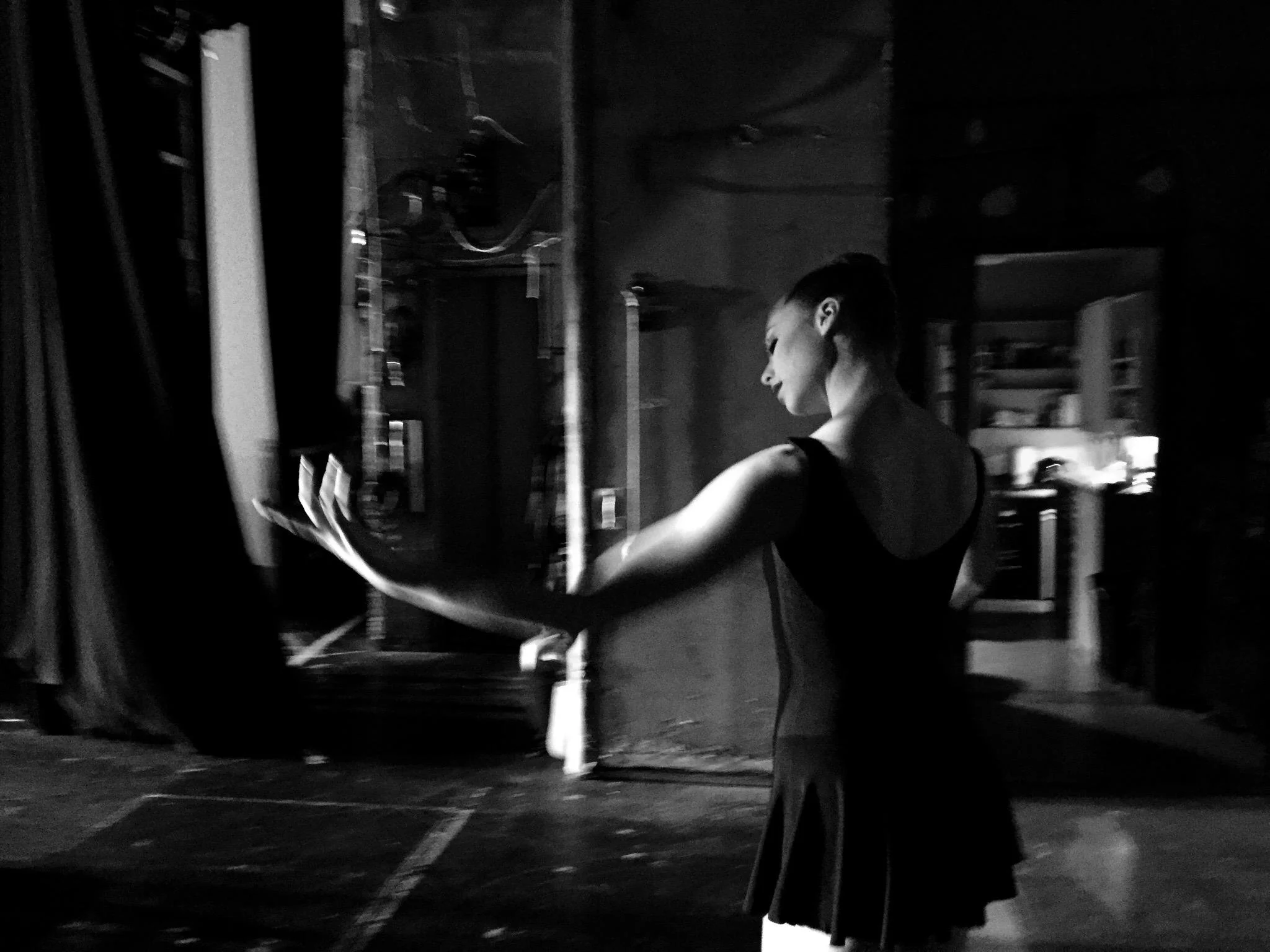All About Épaulement
Épaulement: Where Technique Meets Artistry
In ballet, épaulement isn’t just a decorative detail; it’s the subtle magic that transforms movement from technically correct to breathtakingly expressive. I remember a class with Suzanne Farrell where she said, “Épaulement adds zeros to your paycheck,” and she wasn’t joking. Mastering how the head, shoulders, and arms articulate can elevate a dancer’s presence on stage and make every line feel intentional, alive, and unmistakably personal.
In the Balanchine technique, épaulement is taken to another level. The use of the head, shoulders, and arms becomes more pronounced, emphasizing the elongated lines and bold shapes that define his choreography. In positions like croisé and effacé, the head isn’t just turned, it’s tilted - adding dimensionality and sculpting the upper body in space. The arms extend longer and more fully, often suggesting a subtle curve or bend in the torso without actually leaning, creating the illusion of expansive lines and dynamic movement.
But épaulement is also deeply individual. Every dancer’s posture, head tilt, and arm quality become part of their signature, their artistic fingerprint within the vocabulary of the technique. In croisé, for instance, the choice to highlight the cheekbone toward the audience, to let the top arm pour gracefully as if from a fountain over the shoulder, or to create a gentle countercurve through the torso can transform a simple position into something uniquely expressive.
Ultimately, épaulement is where geometry meets emotion, where clean lines become storytelling. In Balanchine’s world, it’s never just about executing steps correctly; it’s about infusing movement with personality, flair, and visual drama. Practicing épaulement consciously, whether in class, on stage, or in front of the mirror, helps dancers shape movement that feels alive and intentional.
It’s what sets you apart in an audition or onstage - the element that transforms strong technique into true artistry.

